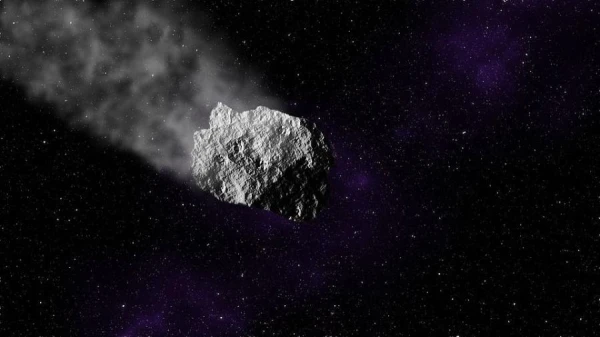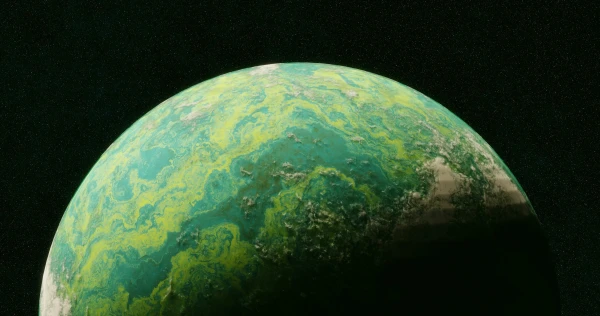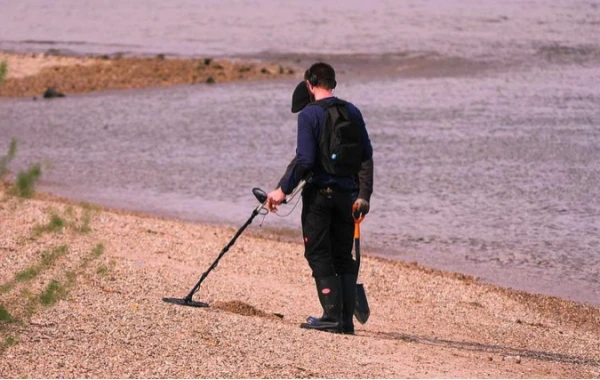
The asteroid 2025 TP5 was discovered on October 13, and by the evening of October 15, it flew at a distance closer than the Moon, according to Focus.
Using the ATLAS asteroid detection system, scientists discovered a new near-Earth asteroid named 2025 TP5. It was detected on Monday, October 13, and by Wednesday, October 15, at 23:09 Kyiv time, the space rock flew past Earth at a distance of only a quarter of the average distance to the Moon, according to Space.
According to NASA data, the asteroid 2025 TP5, estimated to be 16 meters in size, poses no threat to Earth, meaning it is not considered potentially hazardous. It passed our planet at a distance of 97,089 km. For comparison, the average distance to the Moon is 384,400 km.
Scientists' calculations showed that this asteroid flew past Earth at a relatively close distance back in 1979, but it had not been detected until now. This was achieved using the ATLAS hazardous asteroid detection system, which consists of four telescopes located in Hawaii.
According to scientists, the asteroid 2025 TP5 is approximately the same size as the Chelyabinsk meteor that exploded over Russia in 2013.
After its close flyby of Earth, asteroid 2025 TP5 is expected to make a close pass by the Moon on Thursday, October 16. The space rock will be at a distance of 120,084 km from Earth's satellite.
Astronomers have spent several decades cataloging potentially hazardous-sized asteroids that could cross Earth's orbit, and over the decades of searching, no immediate threat to our planet has been found. It is believed that no asteroid is expected to collide with Earth in the next 100 years.
NASA considers dangerous asteroids to be rocks that are at least 140 meters in size and can approach Earth at a distance of less than 7.5 million kilometers.
While smaller asteroids previously eluded detection, now almost every month astronomers find new near-Earth space rocks using advanced telescopes.














Leave a comment